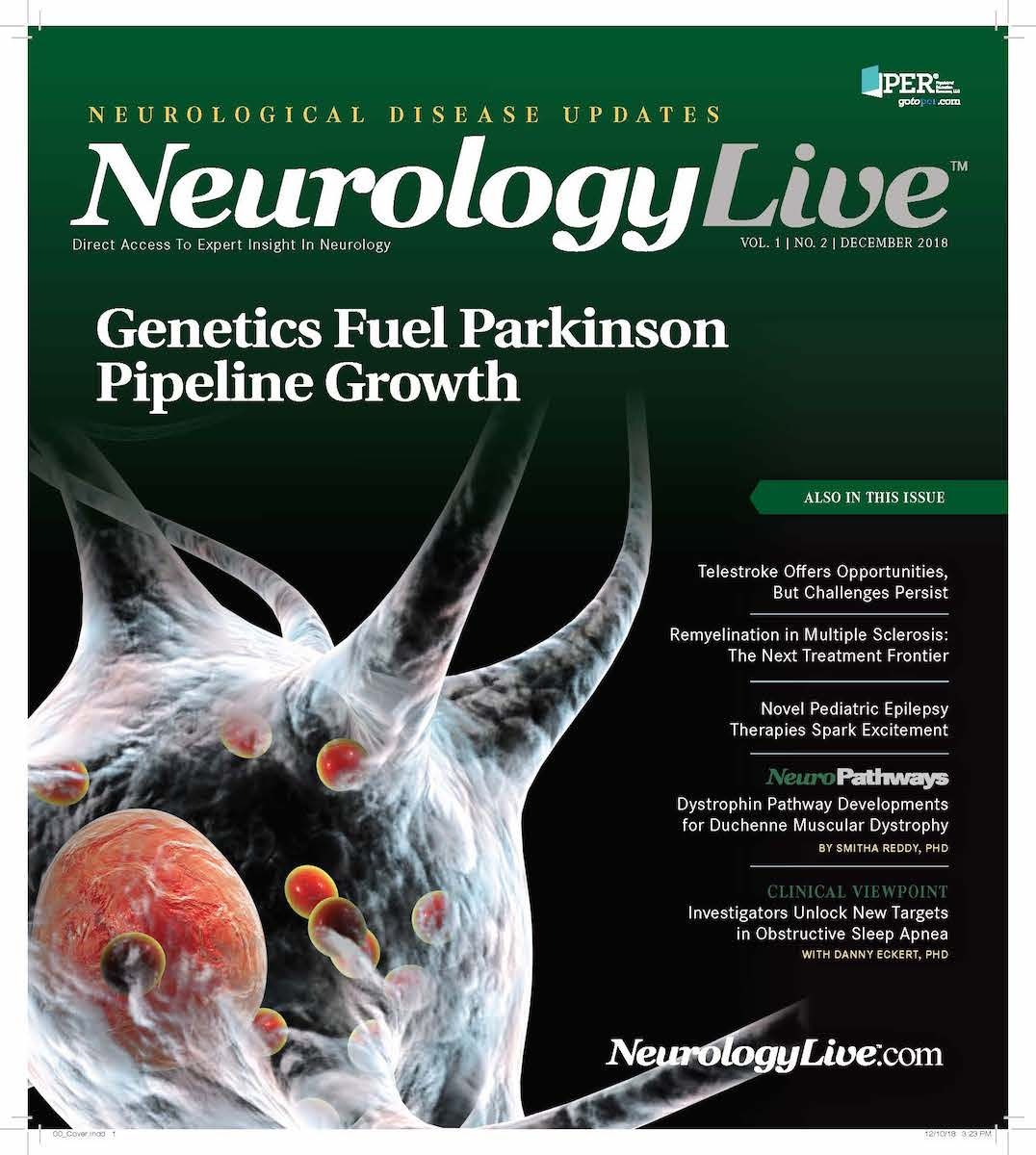Publication
Article
NeurologyLive
Phase 3 Trial of Cenobamate Assesses Therapy for Primary Generalized Tonic-Clonic Seizures
Author(s):
Because the drug candidate has shown a competitive efficacy and safety profile compared with existing drugs in recent partial focal epilepsy studies, a phase 3 study was initiated.
Possibly the most well-known impact of epilepsy involves the symptom of seizures, which have a strong impact on the life of individuals affected. Despite the available therapies, many patients receiving treatment continue to experience seizures and/or other adverse effects, and there remains an unmet need for new options. One antiepileptic drug being investigated as an adjunct therapy is cenobamate.
Because the drug candidate has shown a competitive efficacy and safety profile compared with existing drugs in recent partial focal epilepsy studies, a phase 3 study was initiated to evaluate the safety and efficacy of cenobamate’s use in adults with primary generalized tonic-clonic seizures.
“Epilepsy affects millions of people worldwide and is a condition with substantial unmet need,” Allison Mann, MD, the executive director of Clinical Development in Neurology at SK Life Science, told NeurologyLive™. “Studies have estimated that 30% or more of epilepsy patients remain refractory to treatment. Cenobamate is a new chemical entity that has demonstrated strong efficacy in partial-onset seizure studies with respect to seizure freedom. Therefore, we are hopeful and excited that cenobamate will help address this unmet need.”
The randomized, double-blind, placebo-controlled phase 3 trial is designed to study the efficacy safety of cenobamate as adjunctive therapy in approximately 150 adults with idiopathic generalized epilepsy across multiple sites in the United States and Europe. Subjects will be randomized 1:1 to receive either cenobamate or placebo (see FIGURE).
Eligible participants must have a clinical diagnosis of primary generalized tonic-clonic seizures, with or without other subtypes of generalized seizures, in the setting of idiopathic generalized epilepsy; experience at least 3 primary generalized tonic-clonic seizures during the 12-week prerandomization period; have had a routine electroencephalogram (EEG) within 5 years prior to baseline or during the prerandomization period, with EEG features consistent with idiopathic generalized epilepsy; have had computed tomography or magnetic resonance imaging within 10 years prior to baseline or during prerandomization that ruled out a progressive cause of epilepsy; and be currently receiving 1 to 3 concomitant antiepileptic drugs with fixed dosing regimens for at least 30 days prior to baseline.

The study will have 3 periods: prerandomization, when a baseline seizure frequency is established; treatment; and follow-up. The treatment period is 22 weeks and includes a 10-week titration phase, during which subjects will be titrated with cenobamate 12.5 mg, followed by 25, 50, 100, and 150 mg every 2 weeks until a target dose of 200 mg is reached; during the subsequent 12 weeks of maintenance, participants will receive 200 mg of the drug. They are to take the once-daily dose at approximately the same time in the morning with or without food; if tolerability arises, the dose can be switched to evenings. There is also a one-time option to down-titrate; however, if tolerability issues persist, participation may be discontinued.
The primary study objective is to evaluate efficacy of adjunctive cenobamate at 200 mg compared with placebo. Secondary efficacy objectives are to evaluate safety and tolerability, as well as the level of seizure freedom—once participants reach a steady dose—and then explore other seizure types and the pharmacokinetics of cenobamate.
The primary efficacy end point is the change from baseline in primary generalized tonic-clonic seizures for 28 days during the maintenance phase. Participants will record seizure type and frequency in a daily diary.
Upon completion of the study, eligible participants can enroll in an open-label safety study. Those who discontinue or choose not to participate will complete a 3-week follow-up period, during which they will either come off cenobamate directly or receive a 1-week down-titration and then return for a final follow-up.
According to Mann, cenobamate’s safety profile is very similar to that of other antiepileptic drugs on the market.
This is the first clinical trial in primary generalized tonic-clonic epilepsy in humans, Mann said. However, several preclinical studies of cenobamate show broad-spectrum activity in animal models, which is 1 reason researchers moved forward with this indication.
“Cenobamate has a unique chemical structure, preferentially inhibits the persistent sodium current, to a lesser extent is a modulator of GABAergic inhibition and to date has shown good efficacy and tolerability in clinical studies,” Mann said. “We want to see the overall options for people with epilepsy to improve, and we’re hoping that our drug, with its mechanism of action and with its good results in partial-onset seizures, will be able to advance those goals.”
The trial has recently been activated and is expected to be completed in November 2021 (NCT03678753).





